

www.college-de-france.fr/fr/agenda/se...

www.college-de-france.fr/fr/agenda/se...

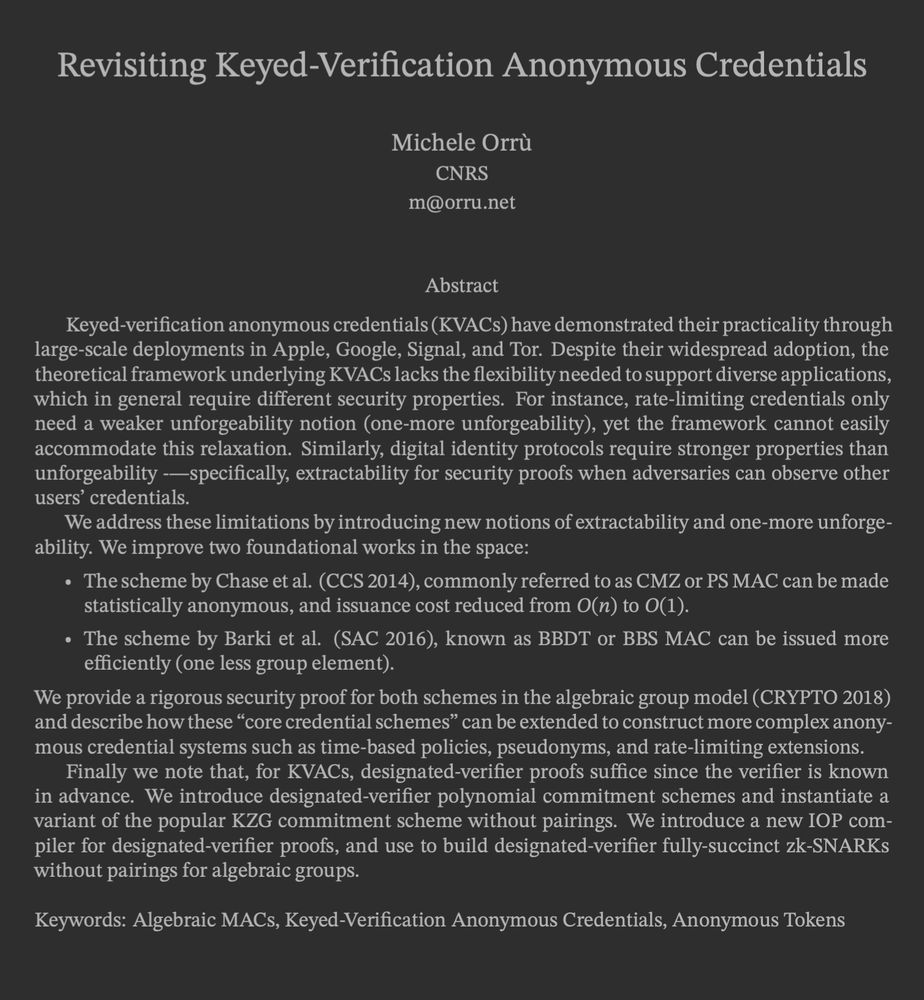
A copy of his workstation is available for all researchers to analyze!
Article: data.ddosecrets.com/APT%20Down%2...
Data dump: ddosecrets.com/article/apt-...
A copy of his workstation is available for all researchers to analyze!
Article: data.ddosecrets.com/APT%20Down%2...
Data dump: ddosecrets.com/article/apt-...
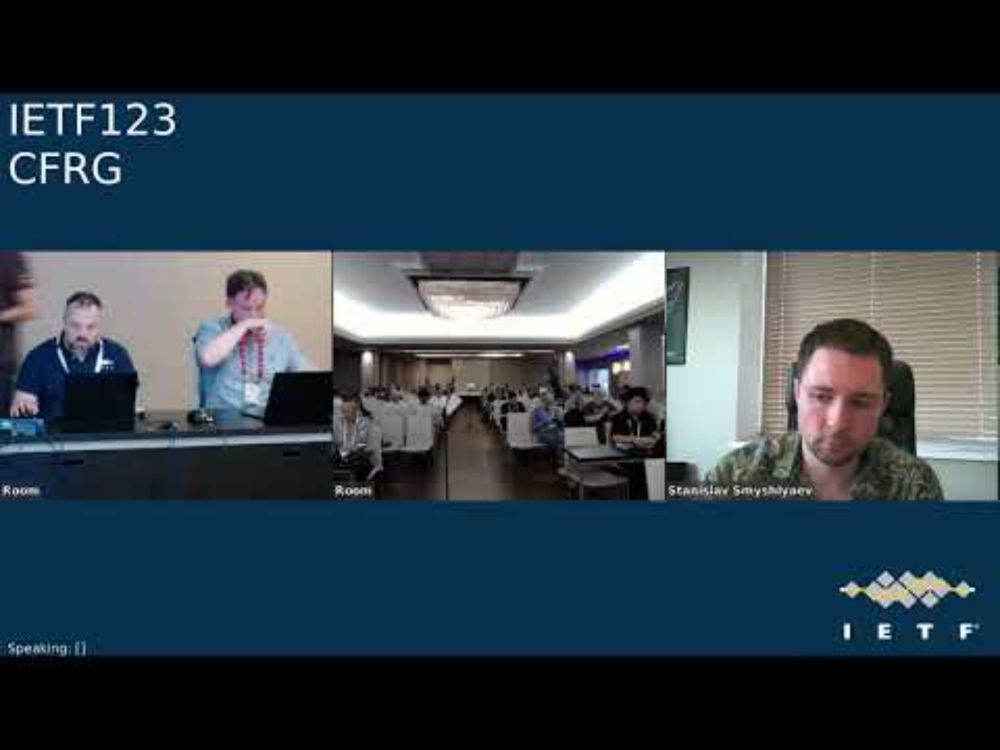
We now take a closer look at the gap between what symmetric cryptography has focused on for over 10 years (indifferentiability) and what is actually needed for the soundness of ZKPs and SNARKs (something stronger!).
eprint.iacr.org/2025/536

We now take a closer look at the gap between what symmetric cryptography has focused on for over 10 years (indifferentiability) and what is actually needed for the soundness of ZKPs and SNARKs (something stronger!).
eprint.iacr.org/2025/536
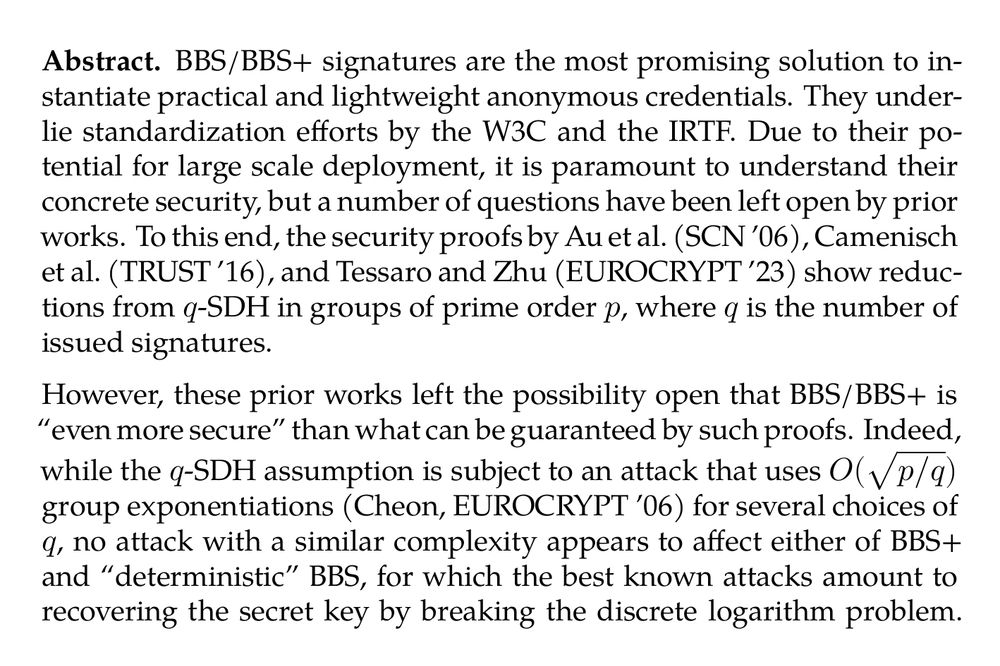
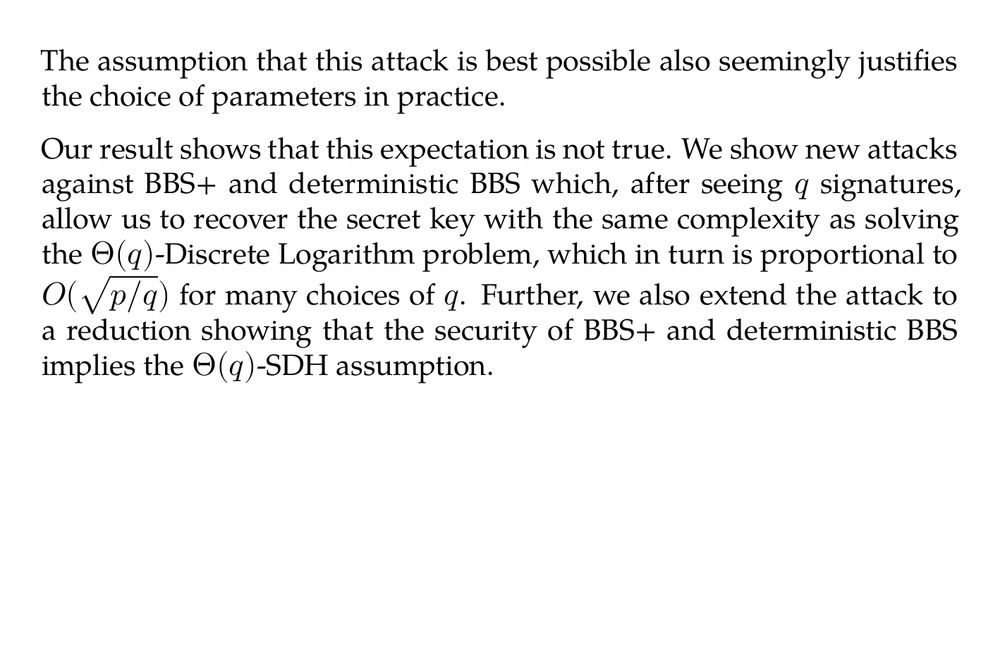
➔ github.com/lattirust
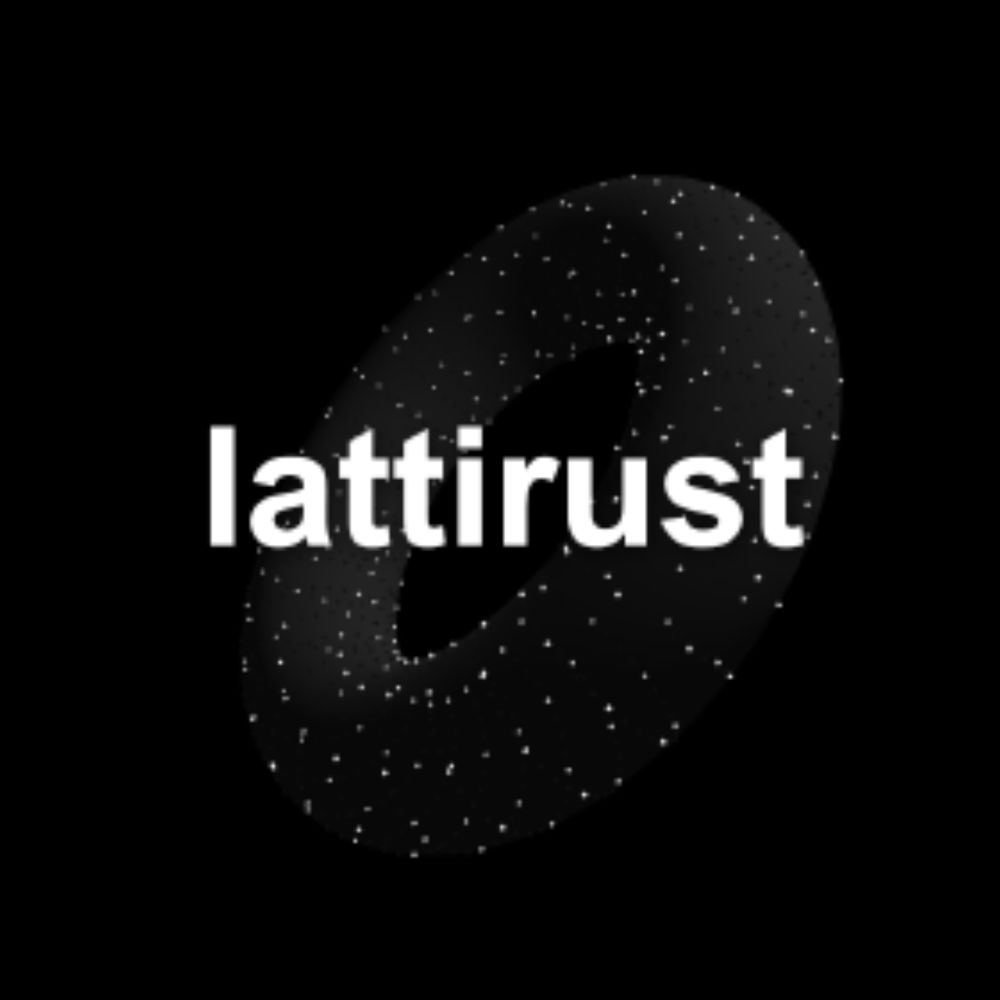
➔ github.com/lattirust

It contains a few simple protocols for simplifying foreign arithmetic in zero-knowledge proofs. Formally we introduce "Σ-reductions", a mix of "Σ-protocols" and "reductions of knowledge".
🗞️ cic.iacr.org/p/2/1/23/pdf

It contains a few simple protocols for simplifying foreign arithmetic in zero-knowledge proofs. Formally we introduce "Σ-reductions", a mix of "Σ-protocols" and "reductions of knowledge".
🗞️ cic.iacr.org/p/2/1/23/pdf
In our latest blog post, we outline some of the key requirements for OONI's anonymous credential system: ooni.org/post/2025-re...
#AnonymousCredentials #ooniprobe #ooni

In our latest blog post, we outline some of the key requirements for OONI's anonymous credential system: ooni.org/post/2025-re...
#AnonymousCredentials #ooniprobe #ooni
datatracker.ietf.org/meeting/122/...

datatracker.ietf.org/meeting/122/...
\newcommand{\promptinject}[1]{{\tiny\color{white} #1}}
\newcommand{\promptinject}[1]{{\tiny\color{white} #1}}
eprint.iacr.org/2024/1552.pdf
eprint.iacr.org/2024/1552.pdf

🇸🇬 Singapore (17-22 Feb) NUS
🇹🇼 Taipei (22 Feb - 8 Mar) RigthsCon, Community Privacy Residency
Are friends around?

🇸🇬 Singapore (17-22 Feb) NUS
🇹🇼 Taipei (22 Feb - 8 Mar) RigthsCon, Community Privacy Residency
Are friends around?

